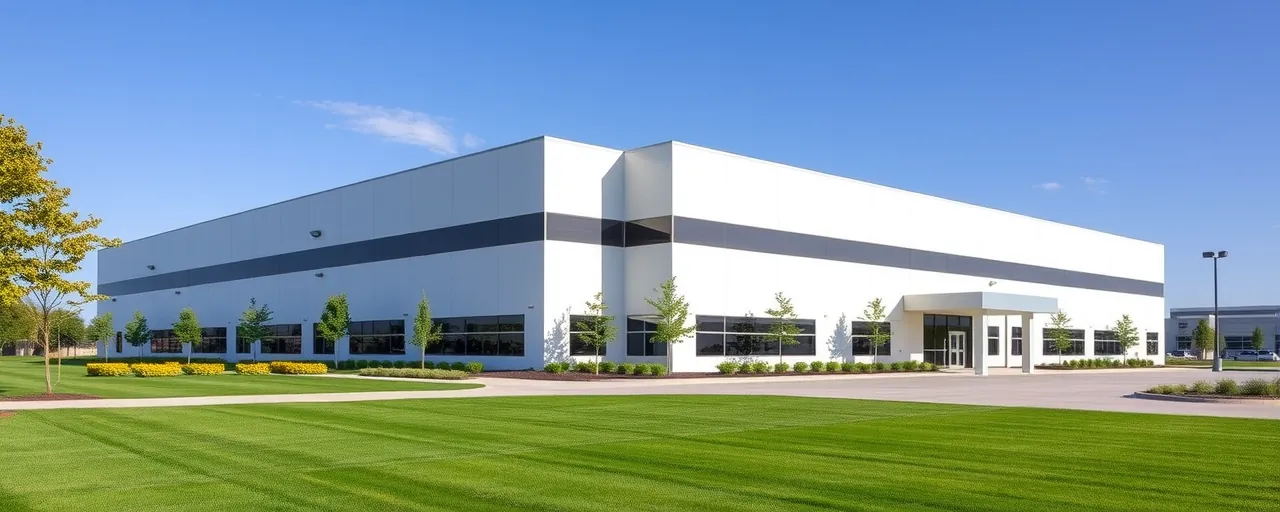A Fresh Start for Charlotte
Charlotte just got a major economic lift. AVL Manufacturing, a Canadian company that builds enclosures for industrial power generators, plans to invest $56 million in a new Mecklenburg County facility. The project will create over 325 jobs, offering a welcome boost to the area’s workforce. Governor Josh Stein called it a clear win, pointing to North Carolina’s strong manufacturing base and community college network as key draws for global companies like AVL.
In Steele Creek, where the facility will take root, excitement is palpable. Representative Terry Brown Jr. highlighted how these jobs and AVL’s investment will drive growth in a region already buzzing with economic energy. With 122 grant-tied positions offering an average salary of $90,088—edging out the county’s $86,830 average—the project promises tangible benefits for workers and local businesses.
What Drew AVL to Charlotte?
AVL’s decision to settle in Charlotte reflects the city’s unique strengths. Vince Dicristofaro, the company’s president, praised the area’s collaborative vibe and skilled workers. The new plant will produce enclosures for power generators used in data centers, automotive sectors, and emergency systems. With U.S. data center jobs soaring from 2.9 million to 4.7 million between 2017 and 2023, Charlotte’s tech-savvy environment aligns perfectly with AVL’s goals.
North Carolina’s manufacturing surge also set the stage. In 2025, the state landed over 2,600 jobs through projects like Genentech’s $700 million biomanufacturing hub and Toyota’s $8 billion electric vehicle battery expansion. Federal policies, including the Inflation Reduction Act, have fueled this reshoring trend, bringing production back to the U.S. amid global supply chain shifts.
The Catch With Incentives
To support AVL’s project, the state offered a $100,000 grant from the One North Carolina Fund, tied to creating 122 jobs. This grant, which requires AVL to hit job and investment targets and includes local government matching funds, is part of a broader strategy to attract businesses. Yet, these incentives stir debate. Studies suggest up to 75 percent of jobs tied to such grants might have been created anyway, prompting scrutiny over whether public funds are well spent.
Some voices call for tying incentives to stronger job quality measures, like better wages and benefits, as seen in federal initiatives like the $525 million Good Jobs Challenge. Others argue for market-focused policies, such as easing licensing rules or expanding right-to-work laws, to drive job growth without heavy public investment. Both sides agree that balancing economic gains with fiscal responsibility remains a tricky task.
A Workforce Under Pressure
AVL’s arrival highlights a pressing issue: the manufacturing sector’s growing skills gap. By 2035, the U.S. could face a 1.9 million-worker shortage as automation and AI demand advanced technical skills. With many current workers nearing retirement and fewer young people entering trades, companies like AVL need robust training programs. Community colleges, apprenticeships, and ongoing education are critical to preparing workers for these roles.
North Carolina’s community college system, a partner in AVL’s project, has a strong track record of adapting to industry needs. From post-World War II vocational programs to today’s focus on digital manufacturing, these institutions are key to closing the gap. Still, rapid technological changes mean workers must keep learning to stay relevant, a challenge AVL will face as it builds its Charlotte team.
The Road Forward
AVL’s investment marks a turning point for Charlotte, but its success depends on tackling workforce and policy challenges. The project fits into a larger wave of reshoring, with over 300 major U.S. manufacturing facilities announced since 2020. Mexico’s rise as the U.S.’s top trading partner and federal incentives like the CHIPS Act are reshaping supply chains, positioning North Carolina as a manufacturing leader.
For Charlotte’s residents, AVL’s facility offers new career paths but demands teamwork. Local leaders, educators, and businesses need to collaborate to train workers for these jobs. The debate over incentives and job standards will persist, urging policymakers to weigh short-term wins against long-term community benefits.
As Steele Creek emerges as an economic powerhouse, AVL’s project symbolizes opportunity. It underscores the need for shared effort to ensure that growth delivers not just jobs but a stronger, more resilient future for everyone.
